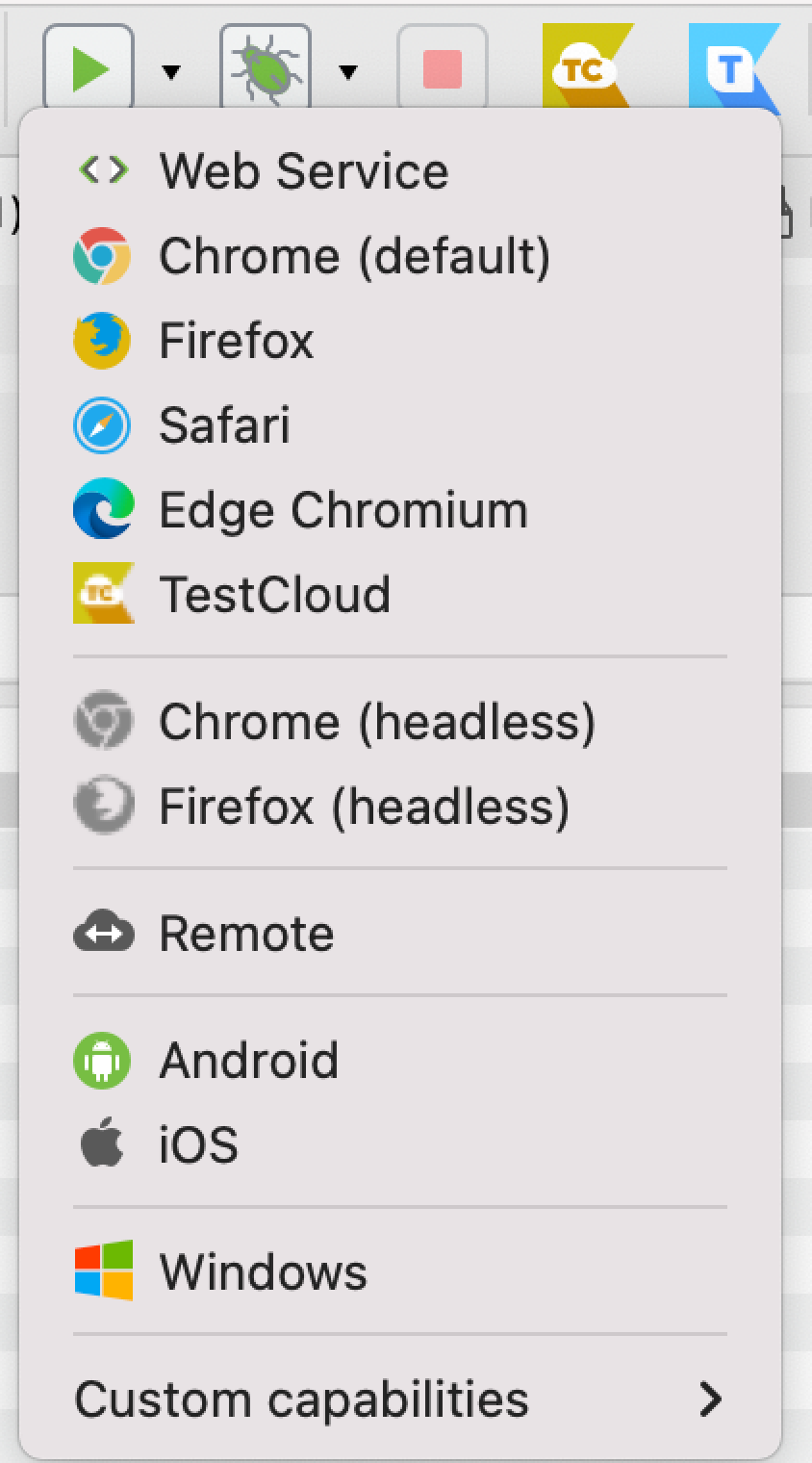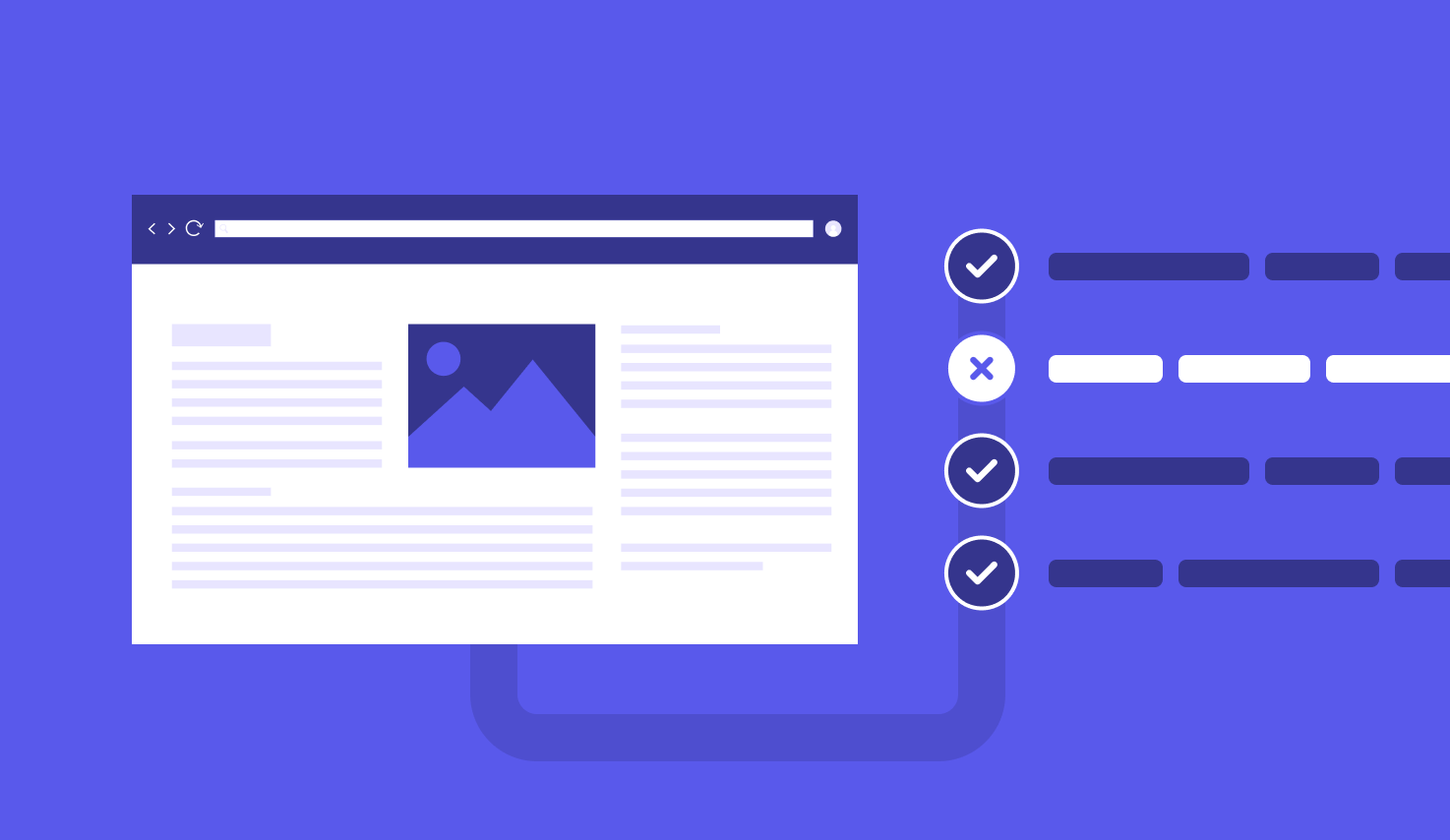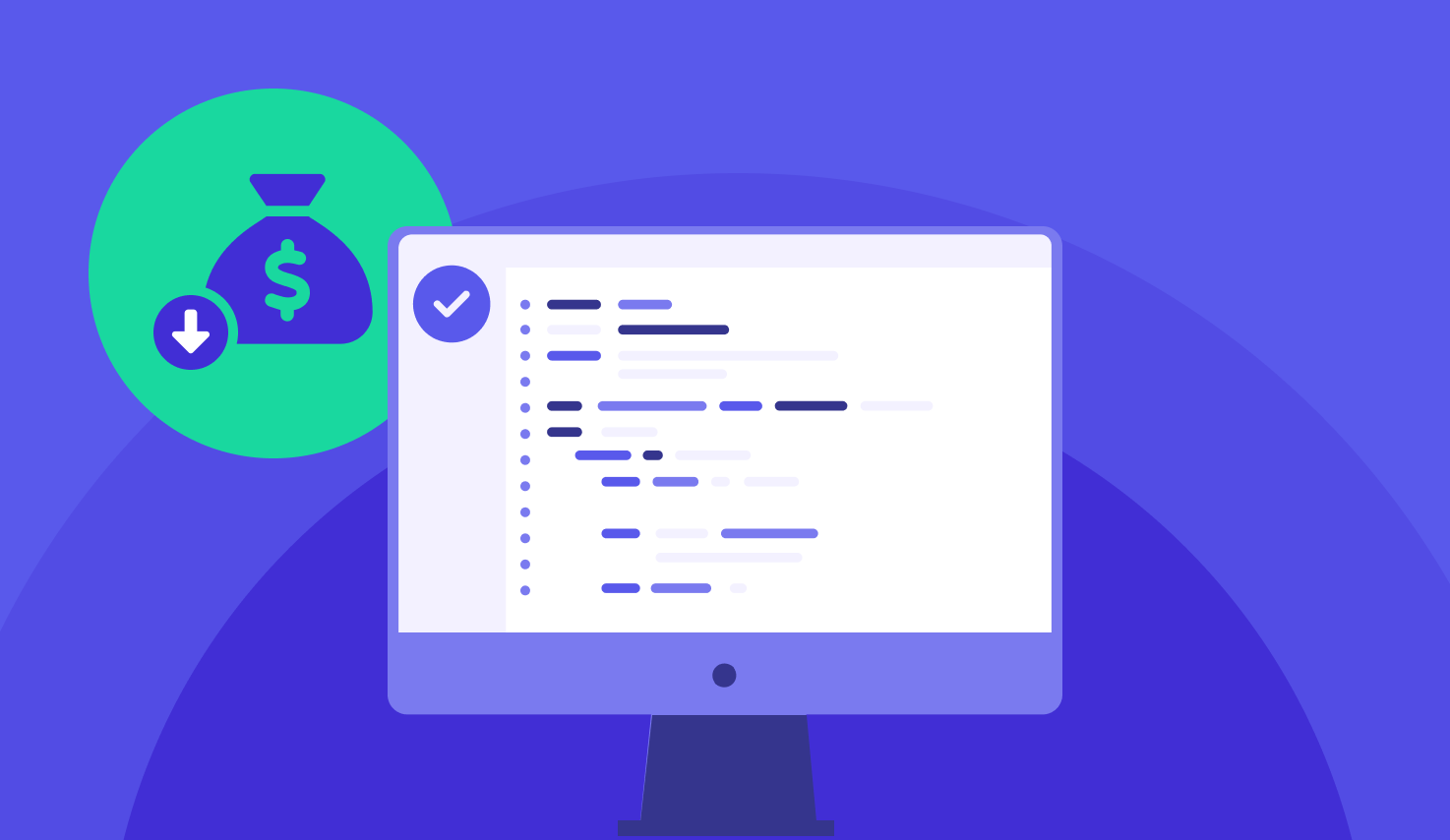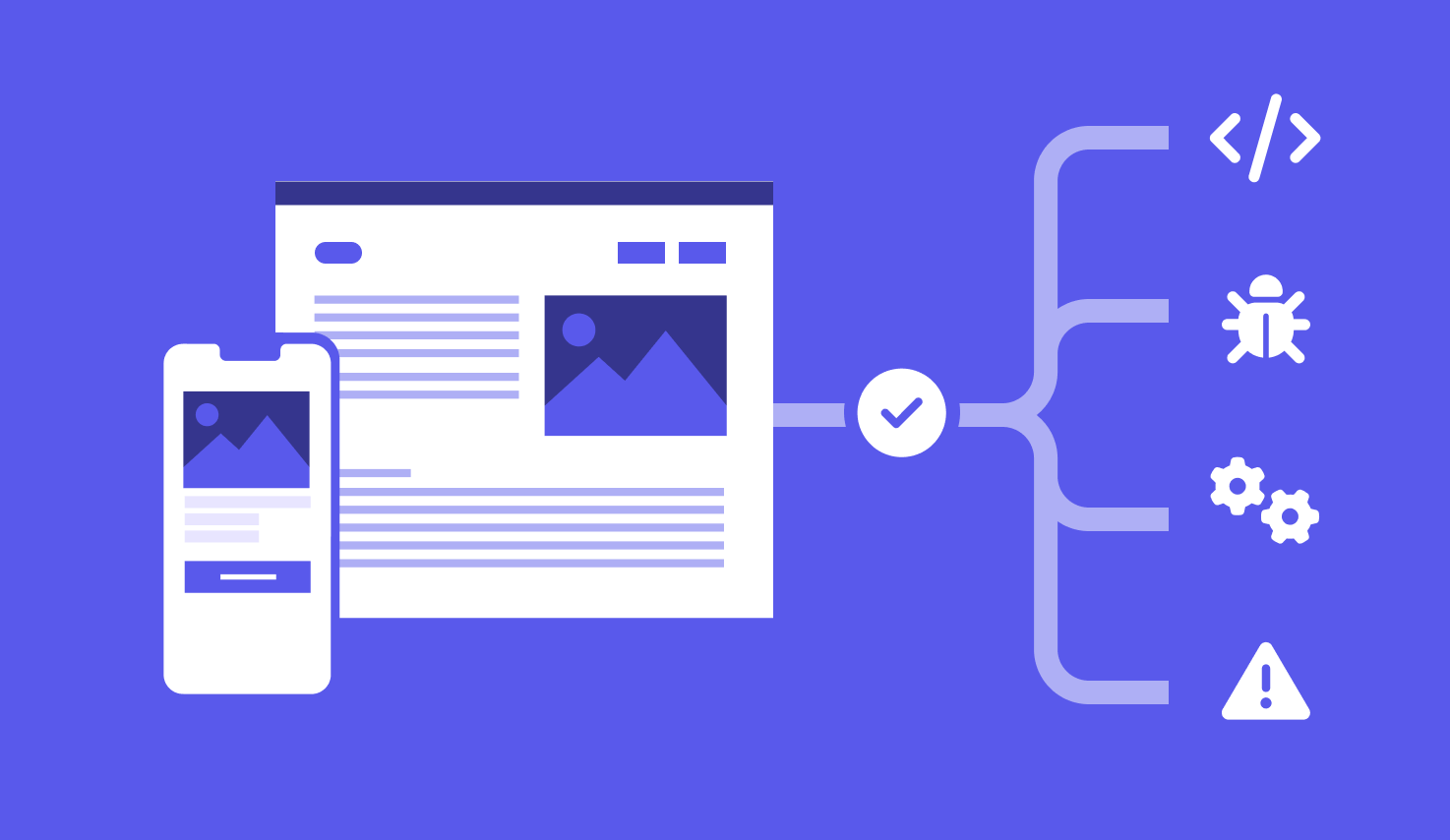What is Regression Testing? Definition, Tools and Examples
The dev team's just released a new feature. Congratulations! Hard work surely pays off. Just one thing: that new shiny feature your team introduced somehow broke 10 existing features, making your app virtually unusable. That new feature is probably too complex, or filled with integrations that just aren't compatible with your current system.
That's why you need regression testing.
In this article, we'll explore the concept of regression testing, top regression testing tools, best practices with it, and challenges to be wary of.
What is Regression Testing?
Regression testing is a type of software testing that ensures existing functionality still works correctly after new features or updates are introduced. Essentially, it checks whether new changes cause any issues or "regressions" in the previously stable code, making sure the old features aren't broken by the new ones.
Here's an example of regression testing: imagine that you're testing an e-commerce app. The development team just added a new feature allowing users to apply discount codes at checkout.
Your goal when doing regression tests is to ensure that that new discount feature does not negatively affect existing features such as price calculation, payment processing, data in order confirmation emails, or inventory updates.
Why Do We Need Regression Testing?
New code is cool, but it can also be scary. The new logic it brings may cause conflict with the existing code. To address this, teams start retesting software after changes to ensure that previously working features continue to work.
Over time, this process becomes more prevalent and formalized into a best practice called regression testing.
If the project does not have a version control system, it can be tricky to locate the exact component that produces the bug. Thanks to regression testing, we know exactly where the bug comes from, enabling better troubleshooting. It is essentially a periodic health check-up for the software.
Benefits of Regression Testing
- Prevents Domino Effect on Key Functions: Even minor modifications in the code can cause significant issues in the product’s key functionalities. Regression testing helps detect these issues early, preventing extensive efforts to reverse the damage.
- Aligns with Agile Methodology: Regression testing supports Agile best practices by continuously iterating, integrating, and testing new code. This leads to frequent releases and faster feedback loops, avoiding a build-up of broken code as the production date nears.
- Supports CI/CD Pipelines: CI/CD relies on automated tests, including regression tests, to ensure new code integrations are continuously tested. This not only helps find defects but also identifies optimization opportunities, such as UX improvements.
Read More: A guide to the Agile testing methodology
Challenges of Regression Testing
- Time-Consuming: every time you add or tweak a feature, you need to re-test everything. This can turn a simple update into a marathon of tests, especially if your project is large and complex. Without automation, it feels like you’re constantly playing catch-up (or you can prioritize testing a certain part of the complete test suite)
- Test Suite Maintenance: as your application grows, so does your regression test suite. Keeping those test cases up-to-date is like organizing a closet that never stops getting messier. You need to add new tests, remove irrelevant ones, and update old ones — it’s a balancing act that requires constant attention.
- Risk of Overlooking Bugs: when the pressure’s on to release quickly, it’s easy to overlook smaller parts of the system. Maybe a feature that worked flawlessly in previous releases suddenly breaks, and no one noticed. The more complex your app becomes, the higher the chance of missing hidden bugs lurking in the shadows.
Retesting vs Regression Testing
- Retesting literally means “test again” for a specific reason. Retesting takes place when a defect in the source code is fixed or when a particular test case fails in the final execution and needs to be re-run. It is done to confirm that the defect has actually been fixed and no new bug surfaces from it.
- Regression testing is performed to find out whether the updates or changes had caused new defects in the existing functions. This step would ensure the unification of the software.
When is Regression Testing Done?

Typically, regression testing is applied under these circumstances:
- A new requirement is added to an existing feature
- A new feature or functionality is added
- The codebase is fixed to solve defects
- The source code is optimized to improve performance
- Patch fixes are added
- A new version of the software is released
- When changes to the User Interface are made
- Changes in configuration
- A new third-party system is integrated with the current system
All of these occasions involve a restructuring or adjustment of the current code, which may result in unexpected behaviors, hence the need for regression testing.
How To Do Regression Testing?
Generally, a good rule of thumb is running checks on critical capabilities:
- Features that makes up core business flows
- Frequently used features
With test driven development, each new feature should come out with its own set of tests. For business instances like regression testing, test cases could be readily available for engineers or business analysts to pick out and run on-demand. However, there are always several crucial steps that should be followed.

1. Detect source code changes
The most common reasons for code changes include:
- Bug fixes
- New features
- Enhancements
- Configuration changes
2. Prioritize impacted areas and test cases
Not all changes have the same level of risk. Testing everything would be ideal, but in reality, time, budget, and resources are limited. Prioritization helps ensure you're focusing on areas that are most likely to break, reducing wasted effort on areas that aren’t impacted by recent changes.
Some features or components of an application are more critical than others. Modifications that have an impact on core features, or those that significantly change how the application works, should always be the top priority. Consider:
- Scope of code change
- Business criticality
- Frequency of use
- Historical defect density
- Interdependency
- User feedback
- Pain Points
3. Determine entry point and exit point
Deciding when to start testing ensures that the environment is ready, the codebase is stable, and the test objectives are well-defined. Common entry points are:
- Build passes smoke testing.
- All development tasks and bug fixes related to the current release are complete.
- The test environment is fully set up and mirrors production.
- Test data is available and ready to be used.
- Regression test cases are prepared and prioritized.
Exit points, on the other hand, defines when testing can be considered complete. This ensures that sufficient testing has been done to meet quality standards before the software is released or moved to the next phase.
4. Categorize regression test cases
In this step, we deep-dive into the plan formulated in step 3 and categorize them by various factors. A few common test categorization criteria includes:
- Manual vs automated regression tests: For ad-hoc or non-repetitive test cases, manual testing and human evaluation still make the most sense. Anything that involves the same series of test steps, over and over again, should be automated. Due to its highly repetitive nature, regression test is the perfect candidate for automation testing.
- Critical vs non-critical features: evaluate test cases based on urgency and significance and assign them a value of importance (high, medium, low). Other factors can also be brought into consideration based on business requirements.
- Testing types: each testing type calls for different setup, tools, and environment, so classifying test cases by type (for example functional/non-functional tests) can give the team better control over the testing activities. For the sake of simplicity, many testing teams have gradually adopted a centralized testing system from which they can conduct a wide range of test types without having to constantly switch between platforms
Read More: 15 Different Types of QA Testing
5. Test environment preparation
Having test environments at hand at all times is important for frequent regression testing. As new code is being developed constantly, environments need to be stable and ready-to-test to not interfere with the planned testing schedule. In addition, poor environment setup can give tests more reason to fail, missed defects and false positives/negatives.
Learn more: How to prepare test environment to execute tests?
6. Schedule and execute tests
At this stage, all test cases are ready for execution. Teams can schedule test cases to run based on the test plan. Certain test cases can even be scheduled to run periodically in intervals over the entire development cycle. Time-based test execution allows teams to have greater quality control over the constant changes of their application.
Learn more: A comprehensive guide to test execution
7. Measure regression testing success
This stage gives important insights for future test runs. Comprehensive analytics generated from test results enable QA managers and other key stakeholders to quantify testing efficiency, assess resource utilization, and measure the effectiveness of the testing strategy. Test reports can reveal weak points in the application for in-time adjustments for the development team.
Here is how a test report may look like:

Top Regression Testing Tools
Manual regression testing can be tedious and inefficient, especially when the same test steps need to be repeated for each iteration. Using a regression testing tool is a more effective approach. These tools enable you to create an automated regression test suite that can be run in batches whenever a new build is available.
1. Katalon

Katalon is a comprehensive end-to-end AI-augmented automation testing platform that can take your regression testing to the next level. It is the all-in-one regression testing tool for your website, web services, mobile application, and even API testing.
Here's a quick demo of how Katalon works:
Thanks to its Record-and-Playback features, any team member can easily capture test objects and record actions that simulate real users’ activity. This sequence can be re-executed in regression testing sessions, saving tremendous time compared to manual testing.
Katalon also supports running scripts on a wide range of devices, browsers, and environments, allowing QA teams to perform a lot of testing activities in just 1 place instead of having to spend time configuring environments and constantly switching tools.

After executing tests, Katalon Platform enables teams to review test results with the comprehensive and customizable test reports in LOG, HTML, CSV, and PDF formats before forwarding them as email attachments. There is a debugging mode for testers to conduct a root cause analysis for a specific failed case.
Start Regression Testing With Katalon For Free
2. Selenium

Selenium is a popular tool for regression and web application testing due to its flexibility and compatibility with major browsers (Chrome, Safari, Firefox) and operating systems (macOS, Windows, Linux).
Key features:
- Selenium Grid: Enables parallel testing across multiple machines, reducing execution time. A hub coordinates tests, while nodes handle execution on various browsers and OS setups.
- Selenium IDE: A record-and-playback tool for creating, editing, and debugging test cases, with export options for integration with frameworks like JUnit or Java.
- Selenium WebDriver: Simulates user interactions, such as clicking, filling forms, and uploading files, for precise browser control.
Selenium's effectiveness depends on the coding skills of testers, with experienced users maximizing its potential, while less technical teams may face challenges
Read more: Katalon vs Selenium: A Detailed Comparison
3. Watir

Watir (Web Application Testing in Ruby) is an open-source library that automates web testing using Ruby. It interacts directly with browsers, making it easy to set up and run tests without an external server.
Watir's simple syntax is user-friendly, making it suitable for both beginners and experienced testers. It's especially effective for regression testing, automating tasks like clicking buttons, filling forms, and navigating pages to ensure functionality remains stable after updates.
4. IBM Rational Functional Tester

IBM's Rational Functional Tester (RFT) is an automated testing tool designed for a variety of applications and environments, ideal for regression testing. It supports Java and VB.NET. RFT's natural language script editor and visualized test editing make it user-friendly, while ScriptAssure technology helps tests adapt to UI changes, minimizing script maintenance.
5. Apache JMeter

Apache JMeter is an open-source Java application for testing load, performance, and functional behavior of web applications. It has been expanded to include testing other functions, such as the efficiency and concurrent user request handling of a server.
JMeter's graphical interface, which is based on the Swing graphical API, is simple to use and can be run on any environment that supports a Java virtual machine, including Windows, Linux, and Mac. It is a great tool for functional performance and regression testing on different technologies.
Regression Testing Techniques
- Retest all: with this technique, regression testing is applied to all existing test suites. It is easy to see that although it is the safest way to ensure all bugs are detected and resolved, this method requires substantial time and resources. It is also good for small-sized applications whose number of test cases is lower.
- Regression test selection: with this approach, QA teams only perform regression tests on parts that are most likely to be affected by the changes to reduce both the time and effort invested.
Conclusion
Regression testing is key to improving the overall quality of the product and user experience. The right regression testing tools can significantly identify all surfaced defects and eliminate them early in the pipeline.
With Katalon, you can write regression tests in no-code, low-code, and even full-code mode for maximum flexibility, schedule them, then execute across environments.





